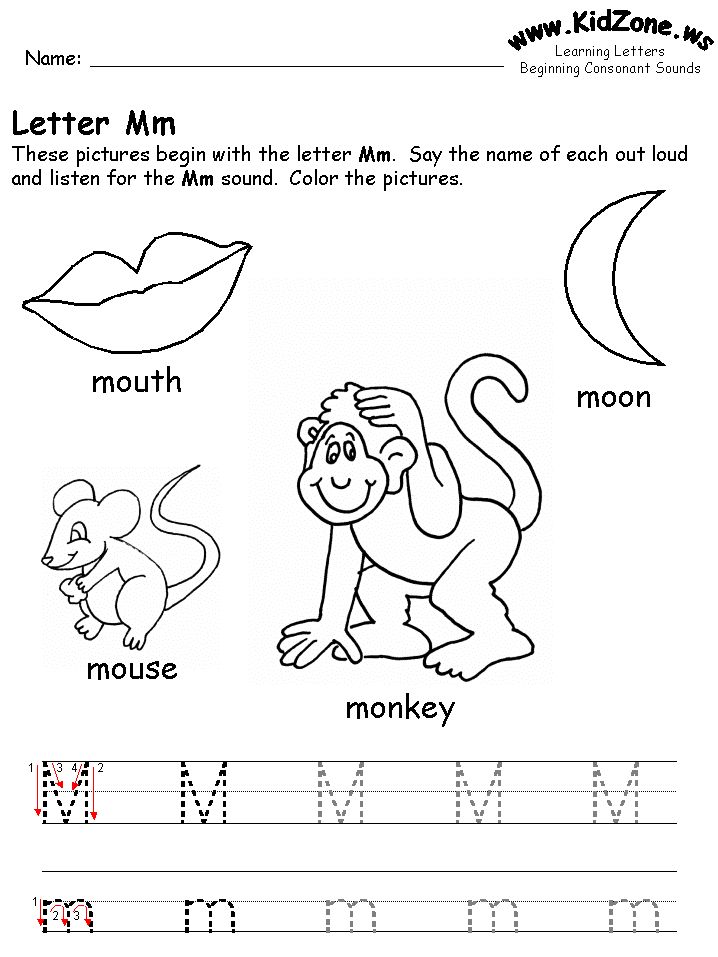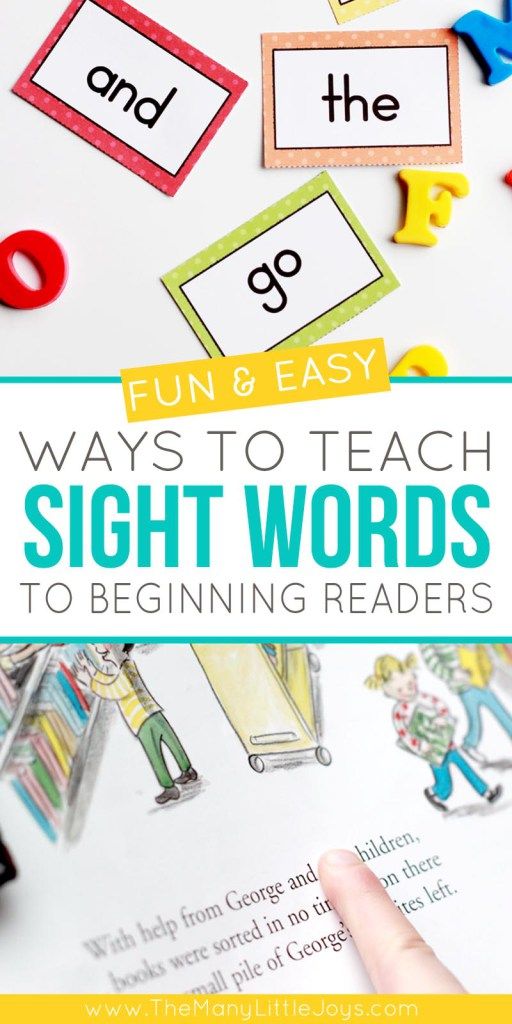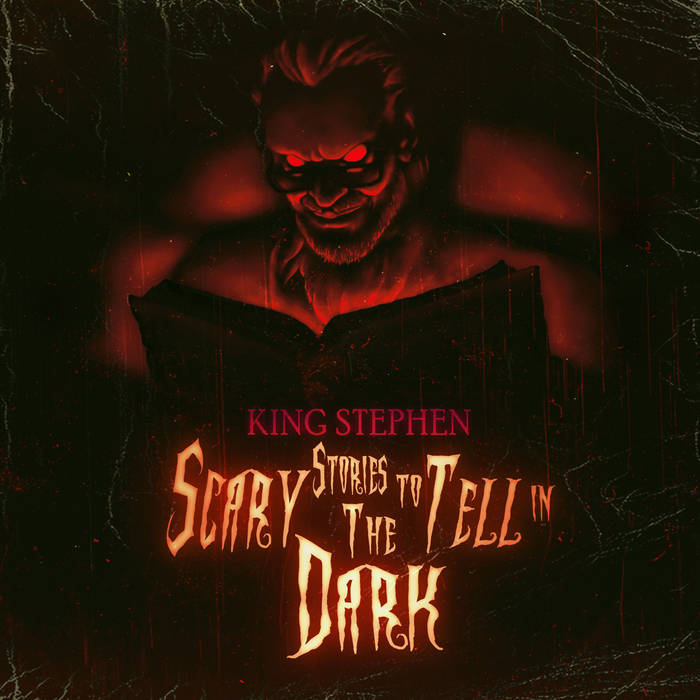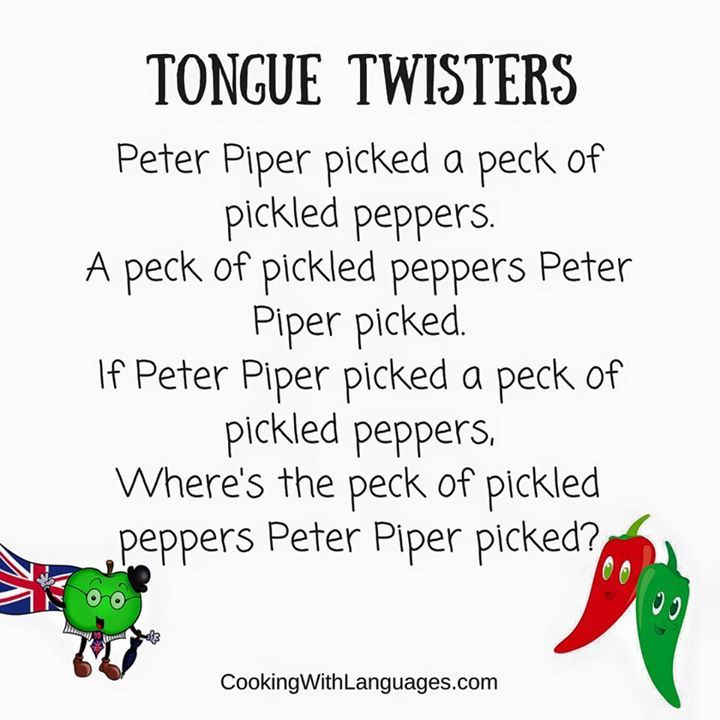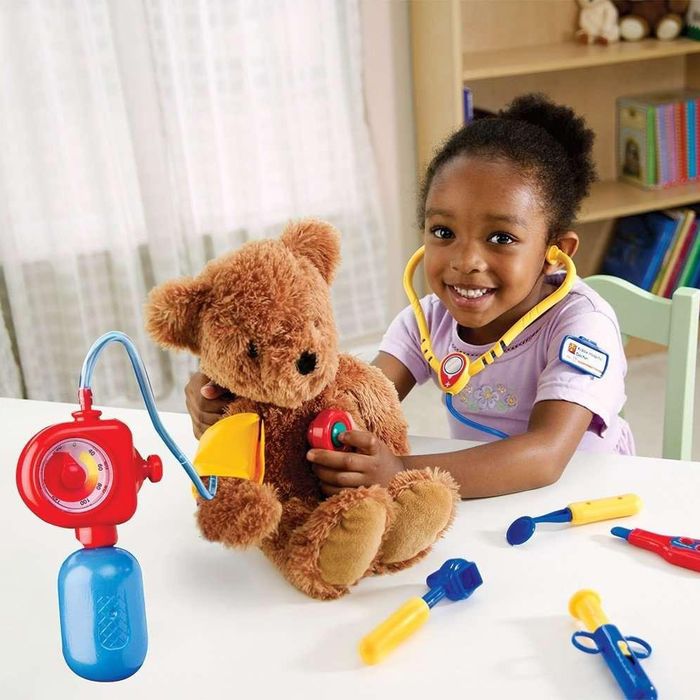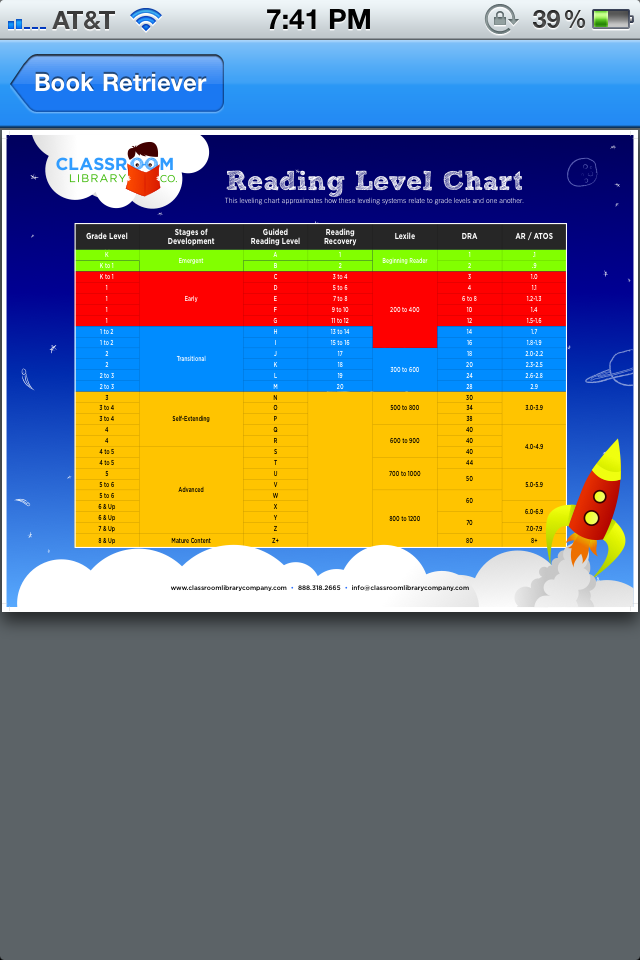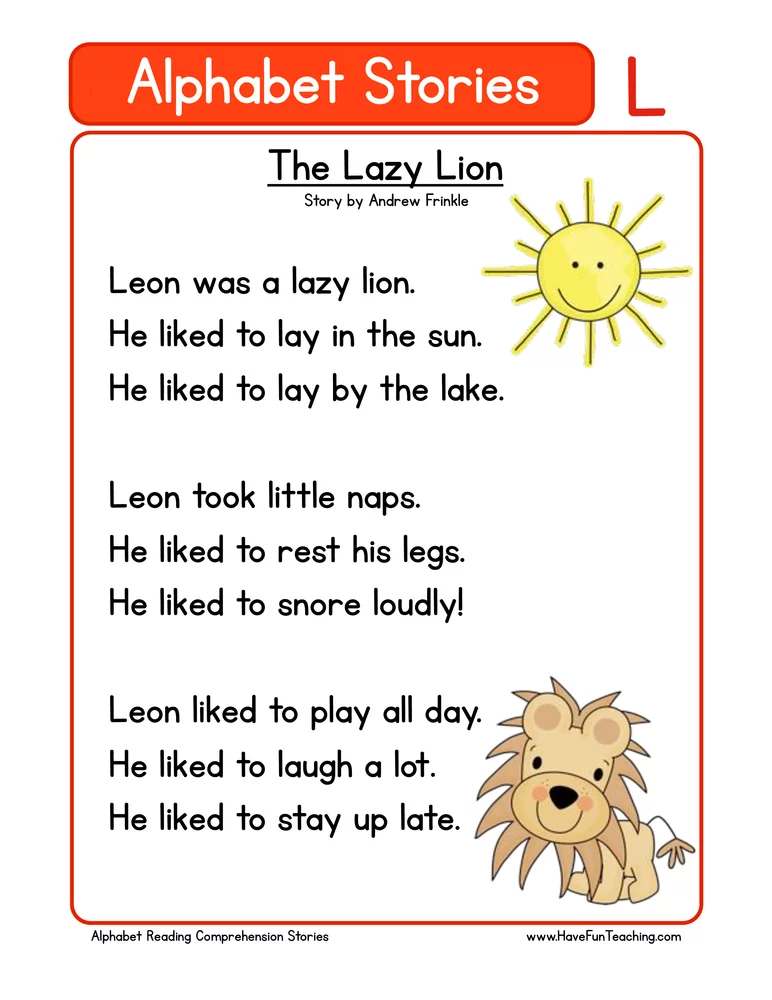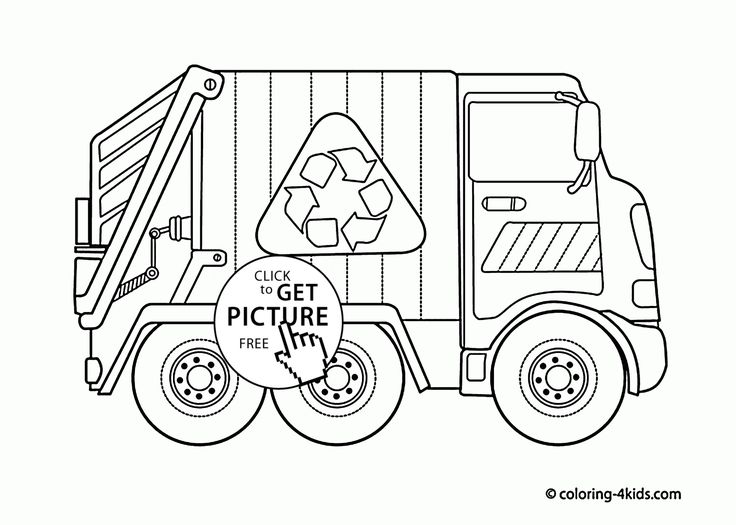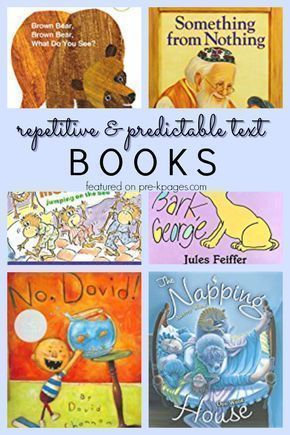Letter sound activities for kindergarten
Beginning Sounds Activities for Kindergarten
Curriculum | Featured | Letters & Letter Sounds | Reading
When learning to read, there are many phonemic awareness and phonics skills students must master. Learning letter names, letter sounds, and beginning sounds is key in helping students quickly decode and read texts. To give your students the exposure and practice they need, check out these beginning sounds activities for kindergarten.
Why is it Important to Teach Beginning Sounds?
When teaching students to read, it’s important for them to understand that words are made up of letters and sounds. This knowledge helps them read and write more fluently.
Phonemic awareness and phonics skills are key in kindergarten. Phonemic awareness skills are when students understand that words are made up of various sounds. Phonics skills are what correlates the sound of a letter to the written letter itself.
Begin with teaching phonemic awareness skills so students learn to listen for and differentiate the sounds in words.
It can be tricky for students to hear the middle and ending sounds in words at first, which is why starting with beginning sounds is so effective.
Digital Beginning Sounds Activities
Since it’s important for students to first understand what beginning sounds are and learn to listen for them in words, you need a variety of beginning sounds activities for kindergarten for them to practice with.
A great way to engage your students is with interactive digital phonemic awareness activities like beginning sounds Boom Cards. These Boom Card decks give students a variety of opportunities to practice listening for the same beginning sounds in words.
Plus with audio directions, audio picture names, and the self-checking feature, your students will be able to work independently with success.
Hands-on Beginning Sounds Activities
Mastering beginning sounds takes a lot of practice and exposure. Therefore, you need a wide array of hands-on beginning sounds activities for kindergarten that your students can work with.
You can incorporate these hands-on activities into your morning tubs, literacy centers, or fast finisher activities. This is a great way to keep your students practicing their skills throughout the day.
Letter Sound Mats
One of my favorite ways to practice beginning sounds is with letter sound mats and magnetic letters. Students will say the picture name aloud, identify the beginning sound, and match the correct magnetic letter to the picture.
If you have a set of picture cards and magnetic letters, you can simply have students flip a card, identify the beginning sound, and match the letter.
Build the Sound Mats
Another great beginning sounds activity for kindergarten is build the sound mats. This activity allows students to identify the beginning sound in the picture and build the letter using manipulatives.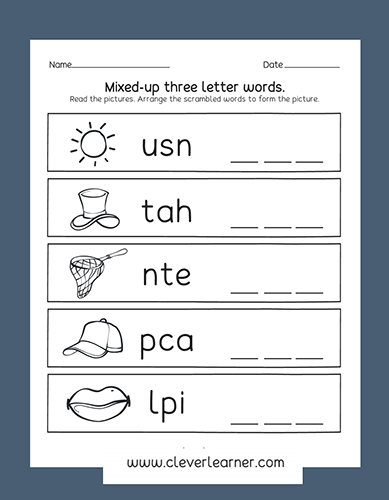
Students will get extra fine motor practice as they work on both phonemic awareness and phonics skills.
Beginning Sound Mazes
Another fun way to switch up the learning is to use beginning sound mazes with your students. As they cover the letters that make the focus sound on the mat, they’ll work their way through the maze.
This makes learning feel like a game for students, which is a sure way to keep them on task, engaged, and motivated.
If you loved these hands-on beginning sounds activities for kindergarten, you can grab them all plus more in my Beginning Sounds and Letter Sounds Bundle!
No Prep Beginning Sounds Activities
While using digital and hands-on beginning sounds activities is key, it’s also nice to keep a good stash of no prep activities on hand.
Add these no prep beginning sounds activities to your morning work, independent literacy stations, or keep them in a sub tub. They also make great time filler activities if you have a few minutes between activities.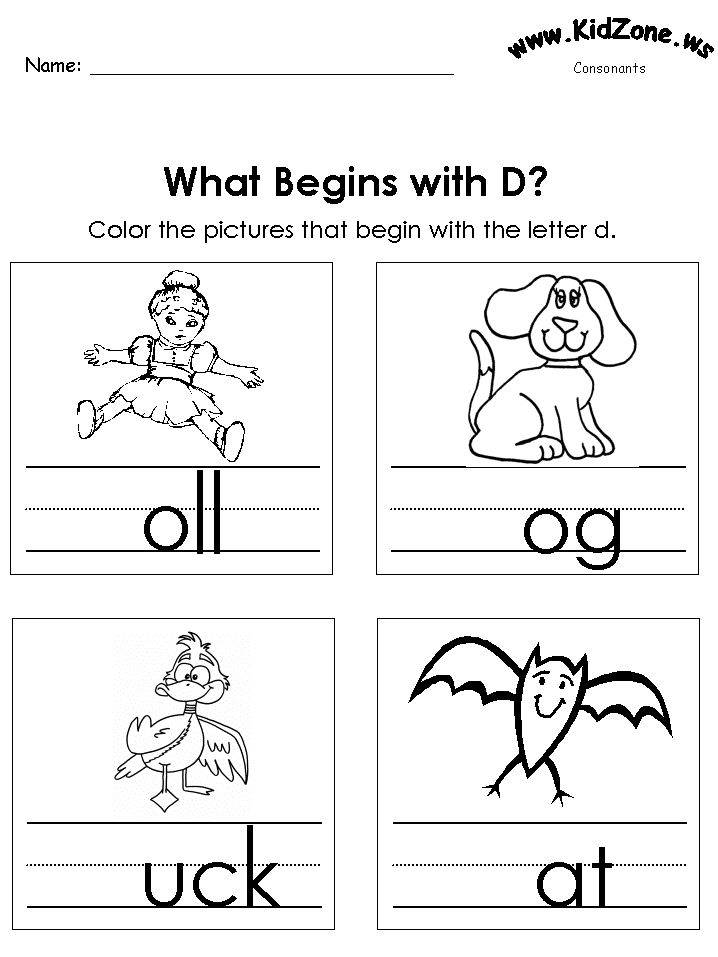
If you need a quick way to assess your students on beginning sounds, you can use these no prep activities as an informal assessment as well.
How to Assess Your Students on Beginning Sounds
As your students learn and grow their beginning sounds skills, you want to assess them frequently. This allows you to see which beginning sounds they are mastering and which sounds they need help with.
Using beginning sounds picture cards and a checklist is a great way to gauge your students’ understanding. You can monitor students quarterly, monthly, or every 2 weeks if they need more support.
Beginning Sounds Assessment Freebie
To make assessing your students on beginning sounds and letter sounds easy, I created an assessment freebie for you.
This freebie includes a beginning sounds assessment checklist and beginning sounds pictures. There is also a letter sounds assessment page and checklist to help you assess your students’ uppercase and lowercase letter sound recognition.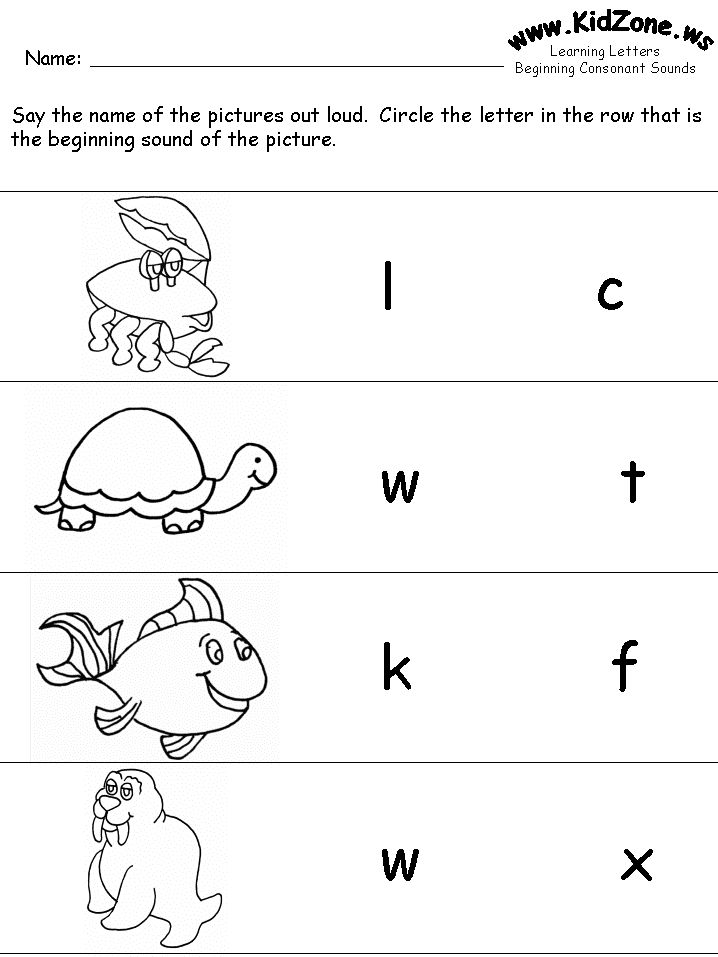
You can fill out the form below to get the beginning sounds and letter sounds assessment freebie sent directly to your inbox!
I hope these beginning sounds activities and assessments for kindergarten make learning more fun and effective in your classroom!
Post Tags: #beginning sounds#Freebies#letter sounds#literacy#literacy centers#reading
Similar Posts
Learning Letter Sounds - PreKinders
By Karen Cox | Affiliate Disclosure | Filed Under: Phonological Awareness
These games help pre-K children practice Letter Sound learning in a fun, hands-on way.
Sound Cups
Use 26 disposable clear punch cups and label each cup with a letter. Letter cup labels can be downloaded below. Collect a set of small trinket objects (you can ask parents and friends to send things in), such as plastic lizard, small block, watch, plastic frog, bandaid, necklace, button, dice. Place the trinkets in a basket. Children sort each trinket into a letter cup by its beginning sound.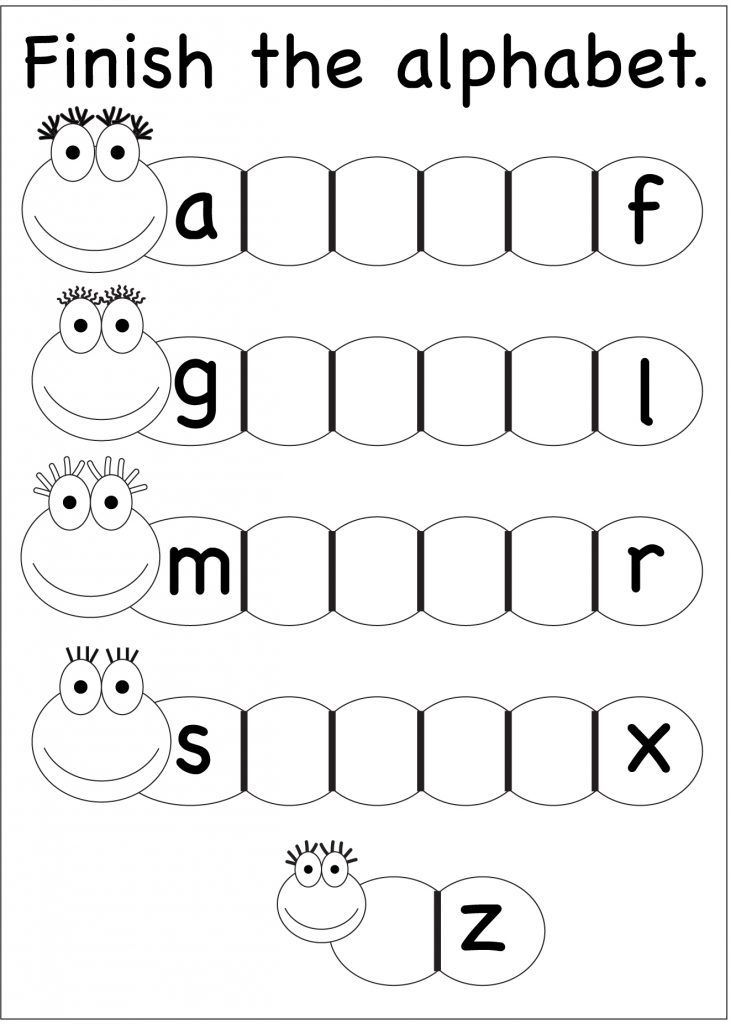
You can use all 26 cups at one time, or select 3-4 letter cups at a time for children to focus on. When searching for items to go in the cups, look for dollar store mini toys (especially packs of animals and bugs), look at doll house miniatures, browse craft stores for mini items.
Download: Letter Cup Labels
Erase the Sound
Draw a picture on a dry erase lap board. In the example below, I drew a snowman. Call children up one at the time to erase something that begins with something in the picture. In this picture, children can erase something that begins with H (hat), something that begins with B (buttons), something that begins with N (nose). Continue until everything is erased.
Mystery Bag
Place three objects beginning with the same letter in a bag (such as ball, bug, and button for B). Have a child pulls each item out of the bag and name each item. Have the class guess the “mystery letter”.
Guess Who?
Say three words and have the kids guess whose name begins with the same sound as those three words.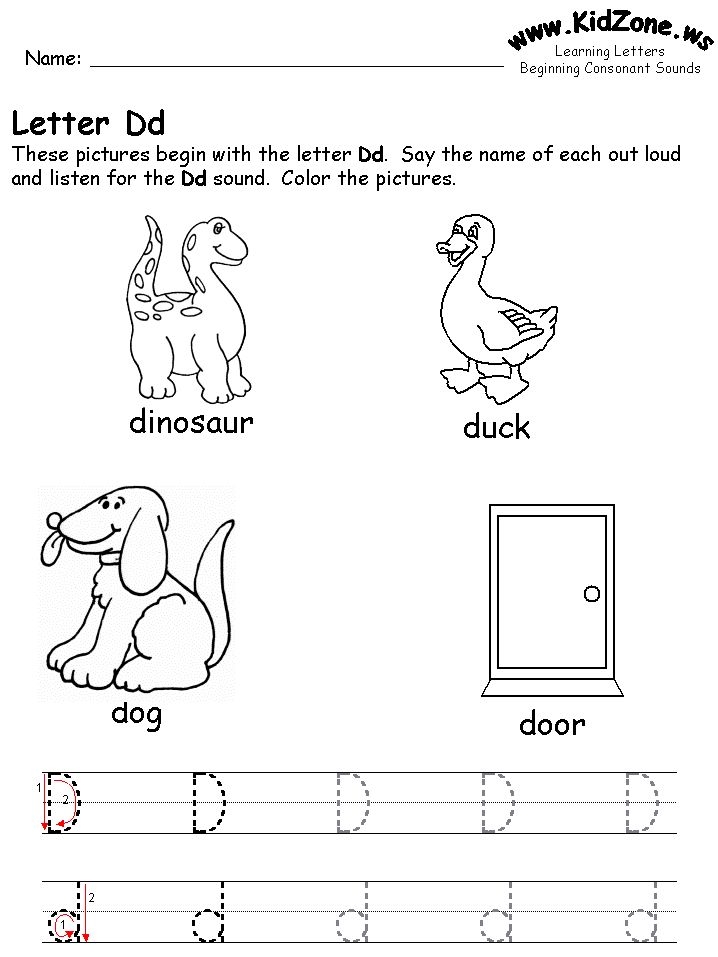 For example, call out:
For example, call out:
- lake
- lemon
- lamp
The class would guess Levi. If you have more than one child in your class (maybe Levi, Lucy, and Layton) who start with that letter sound, the class can name all of them.
I have prepared a list of words for each letter that you can use for your students. Download the list below.
Download: Beginning Letter Sounds List
Monster Names
Have kids stand, stomp, and growl when you say their “Monster Name”. Replace the first letter of each child’s name with the letter M. For example, Braden’s name would become “Mad Monster Maden” and Ashlyn’s name would become “Mad Monster Mashlyn”.
Say Two Words
Say two words, and have kids stand up if the words begin with the same sound. Have them sit down if they do not. For example,
cat – cow (stand up)
hat – goat (sit down)
Letter Sounds Listening Games
Children listen for beginning sounds in words and use bingo markers to stamp a letter each time they hear the letter sound. Get the printable game here: Letter Sounds Listening Games.
Get the printable game here: Letter Sounds Listening Games.
Letter Sounds Activity Cards
Children look at the picture, say the word, and find the letter that matches the beginning sound. They mark the cards by clipping it or marking it with a chip. Get the printable game here: Letter Sounds Activity Cards.
Letter Tile Mats
Children match letter tiles to the pictures on the mats by identifying the beginning sound of the words. Get the printable game here: Letter Tile Mats.
More Resources
These are available in my shop.
About Karen Cox
Karen is the founder of PreKinders.com. She also works as a full-time Pre-K teacher in Georgia. Read more...
SEARCH
Games and exercises for the development of phonemic hearing and perception
Games and exercises for the development of phonemic hearing and perception
The basic prerequisite for mastering writing is a developed phonemic hearing. Phonemic hearing, the main component of speech perception, is understood as the ability of a person to hear and distinguish between individual phonemes, or sounds in a word, to determine the presence of a sound in a word, their number and sequence.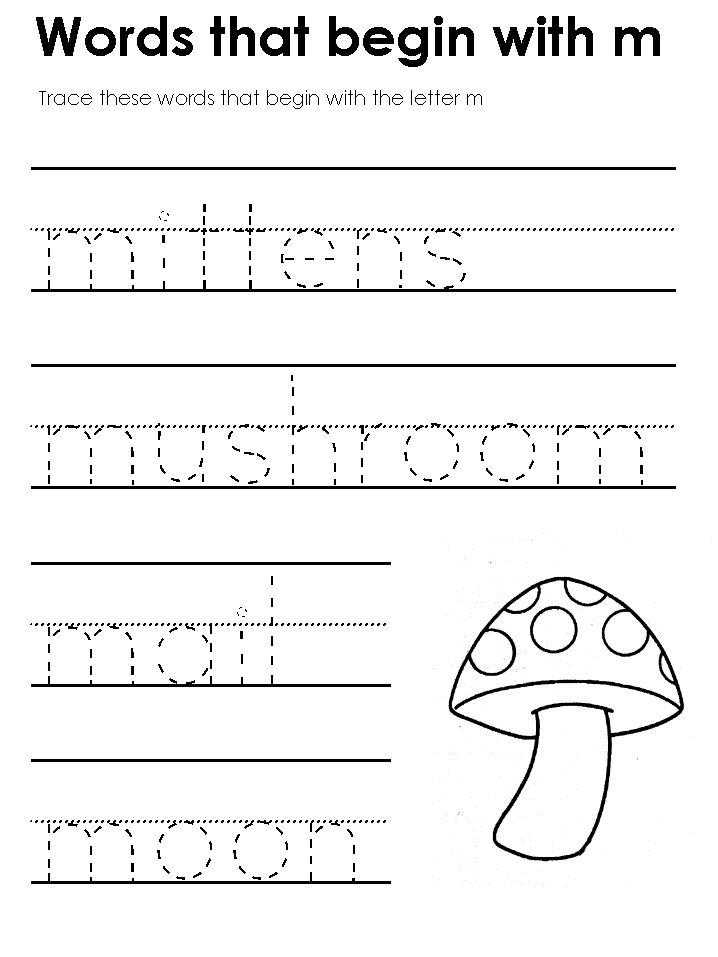 Thus, a child entering school must be able to distinguish individual sounds in a word. For example, if you ask him if there is a sound [m] in the word "lamp", then he must answer in the affirmative.
Thus, a child entering school must be able to distinguish individual sounds in a word. For example, if you ask him if there is a sound [m] in the word "lamp", then he must answer in the affirmative.
Why does a child need a good phonemic ear? This is due to the method of teaching reading that exists today at school, based on the sound analysis of the word. It helps us to distinguish between words and forms of words that are similar in sound, and to correctly understand the meaning of what is said. The development of phonemic hearing in children is the key to successful learning to read and write, and in the future - to foreign languages.
By the age of five, children are able to determine by ear the presence or absence of a particular sound in a word, they can independently select words for given sounds, if, of course, preliminary work was carried out with them.
How can phonemic awareness be developed in a child? The best way to do this is in the game. Many games for the development of phonemic processes are of a combined nature, which is expressed not only in the enrichment of the dictionary, but also in the activation of higher mental functions (memory, attention, thinking, motor skills).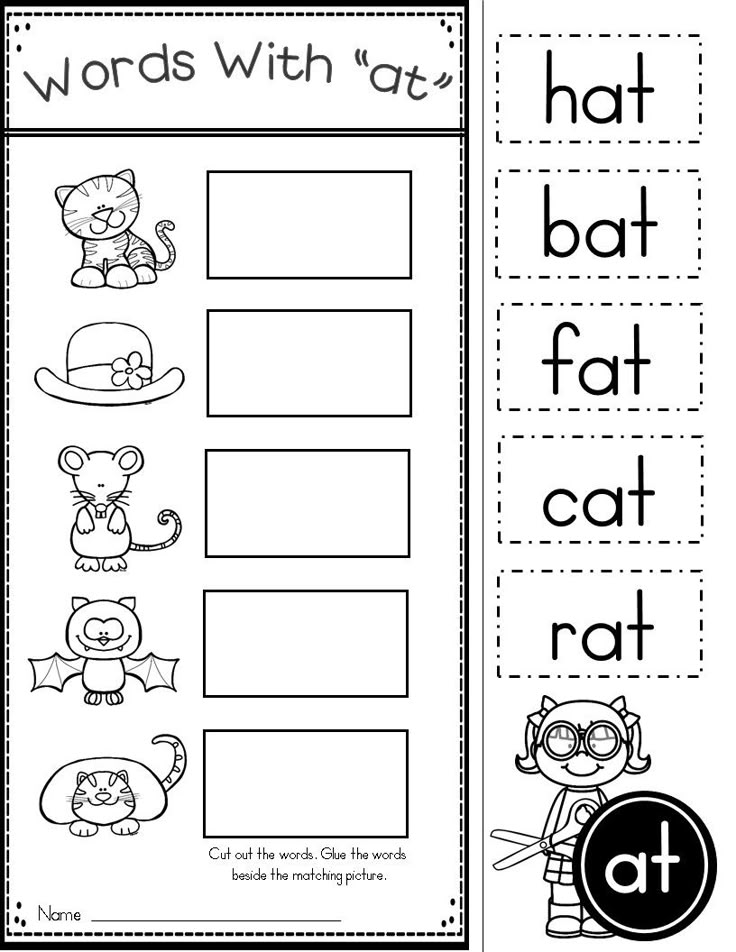 I bring to your attention games that allow you to teach your child to listen to the sounds of speech in an interesting way.
I bring to your attention games that allow you to teach your child to listen to the sounds of speech in an interesting way.
- Game "Catch the right sound with a clap."
Instructions: If you hear the [k] sound in a word, clap your hands. Words: [K] wounds, pestilence [K] ov, hut, boots [K].
The same with any other sounds:
Sh - cat, hat, mask, pillow; С – dog, paints, horse, socks, nose…
Р – hands, paws, Motherland, shelf, mug…; L - shovel, bark, words, pilaf ...
- Game "Come up with words for a given sound."
To begin with, it is better to give only vowel sounds (a, o, y, i) - watermelon, hoop, snail, needle, etc.
Then consonants (p, s, w, l, n, b, etc.)
- Game "Determine the place of the sound in the word."
Determine where: at the beginning, in the middle, at the end of the word we hear the sound [K] in the words: mole, carrot, fist, sock. . .
. .
Sh - hat, cat, shower; C - sun, paste, nose; H - teapot, bump, night; U - brush, puppy, help; L - moon, shelf, chair; P - locomotive, steam, rose; P - floor, foot, stop; K - falcon, varnish, roof, etc.
- Repeating chains of syllables.
Syllables are given with different voice power, intonation. (sa-SHA-sa), (for-for-SA). Syllables can be set with any oppositional sounds, for example, s-sh, sh-zh, l-r, p-b, t-d, k-g, v-f (i.e. deaf-voiced, hard soft, whistling - hissing). Make sure that the child does not change the sequence in the chains. If it is difficult for him to repeat three syllables, give two syllables first: sa-sha, sha-sa,
sa-za, za-sa, la-ra, ra-la, sha-sha, sha-sha, etc. .
Examples of syllable chains:
Sa-za-za, za-za-sa, sa-za-sa, za-sa-za
Sa-sha-sha, sha-sha-sa, sa-sha -sa, sha-sa-sha
La-ra-ra, ra-la-la, ra-la-ra, la-ra-la
Sha-cha-sha, sha-sha-sha, sha-sha -sha, sha-sha-sha
Za-zha-zha, zha-za-za, za-zha-za, zha-za-zha (Similarly with other pairs of sounds)
- Slap syllables with sound "B" in the palms, and with the sound "P" on the knees (ba-pu-bo-po).
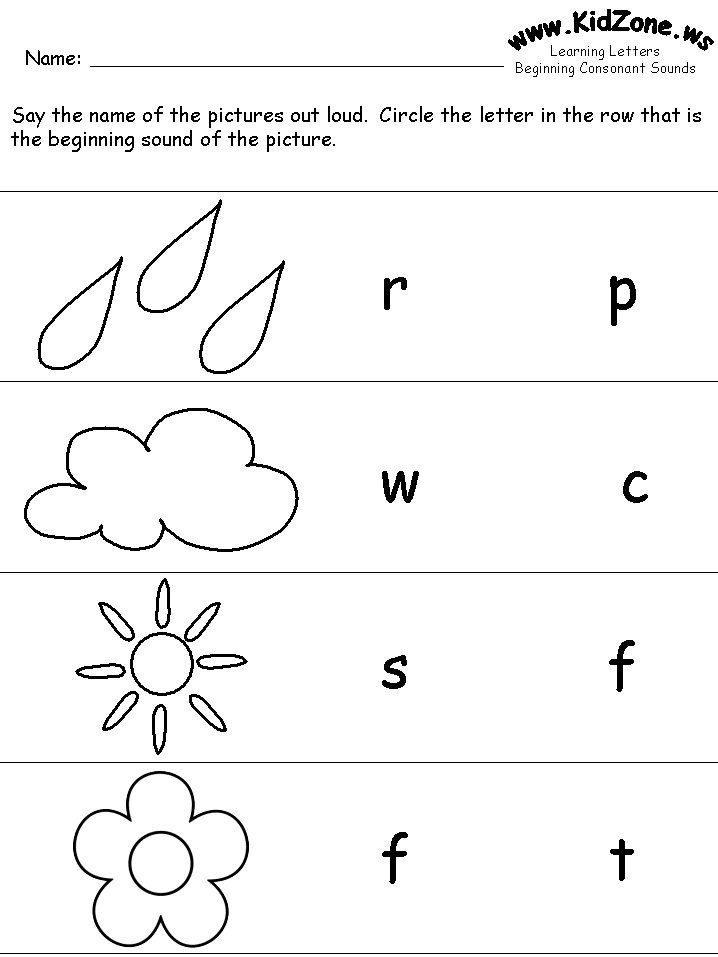 The same with sounds, for example, s-sh, sh-zh, k-g, t-d, r-l, ch-sh, etc.
The same with sounds, for example, s-sh, sh-zh, k-g, t-d, r-l, ch-sh, etc. - Say the word with sound "B": duck - bow - whale; "P": bank - stick - squirrel. Those. three words are given, among which only one with a given sound.
- Game "Who is more attentive".
An adult shows pictures and names them (it is possible without pictures). The child listens attentively and guesses what common sound is found in all the named words.
For example, in the words goat, jellyfish, rose, forget-me-not, dragonfly, the common sound is "З". Do not forget that you need to pronounce this sound in words for a long time, highlighting it with your voice as much as possible.
- Guess the word game.
An adult pronounces a word with pauses between sounds, the child must name the whole word.
First, words of 3, 4 sounds are given, if the child copes, then it can be more difficult - from 2-3 syllables, with a confluence of consonants.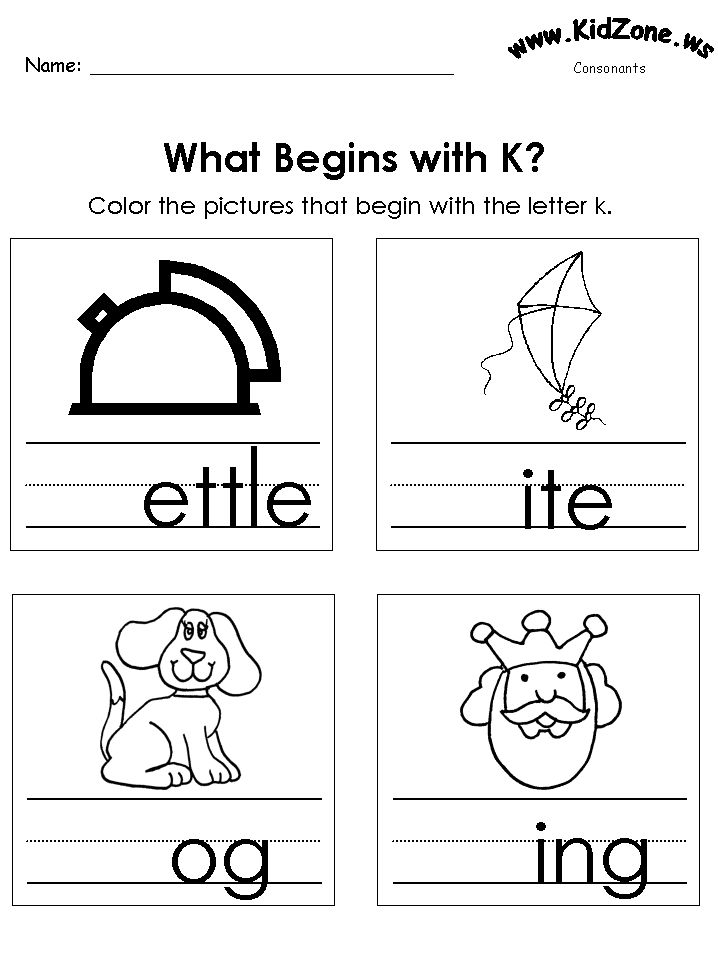
For example:
s-u-p, k-o-t, r-o-t, n-o-s, p-a-r, d-a-r, l-a-k, t- o-k, l-o-k, s-s-r, s-o-k, s-o-m, f-o-k, h-a-s
r-o-s-a, k -a-sh-a, D-a-sh-a, l-u-zh-a, sh-u-b-a, m-a-m-a, r-a-m-a, v-a -t-a, l-a-p-a, n-o-t-s, sh-a-r-s
p-a-s-t-a, l-a-p-sh-a, l-a-s-t-s, k-o-s-t, m-o-s-t, t- o-r-t, k-r-o-t, l-a-s-k-a, p-a-r-k, i-g-r-a, etc.
- Say all the sounds in the word in order. We start with short words, for example: HOME - d, o, m
- Extra Four Game
For the game, you will need four pictures with the image of objects, three of which contain the specified sound in the name, and one does not. The adult lays them out in front of the child and offers to determine which picture is superfluous and why. The set can be varied, for example: a cup, glasses, a cloud, a bridge; bear, bowl, dog, chalk; road, board, oak, shoes. If the child does not understand the task, then ask him leading questions, ask him to carefully listen to the sounds in the words. An adult can highlight the identified sound with his voice. As a variant of the game, you can select words with different syllabic structures (3 three-syllable words, and one two-syllable), different stressed syllables. The task helps to develop not only phonemic perception, but also attention, logical thinking.
An adult can highlight the identified sound with his voice. As a variant of the game, you can select words with different syllabic structures (3 three-syllable words, and one two-syllable), different stressed syllables. The task helps to develop not only phonemic perception, but also attention, logical thinking.
- Throwing the ball game “One hundred questions - one hundred answers with the letter A (I, B ...) - and only with this one.
Throw the ball to the child and ask him a question. Returning the ball to an adult, the child must answer the question so that all the words of the answer begin with a given sound, for example, with the sound [I].
Example:
- What's your name?
-Ira.
- What's your last name?
- Ivanova.
-Where did you come from?
-From Irkutsk
-What grows there?
- Fig.
- Word chain game
This game is an analogue of the well-known "cities".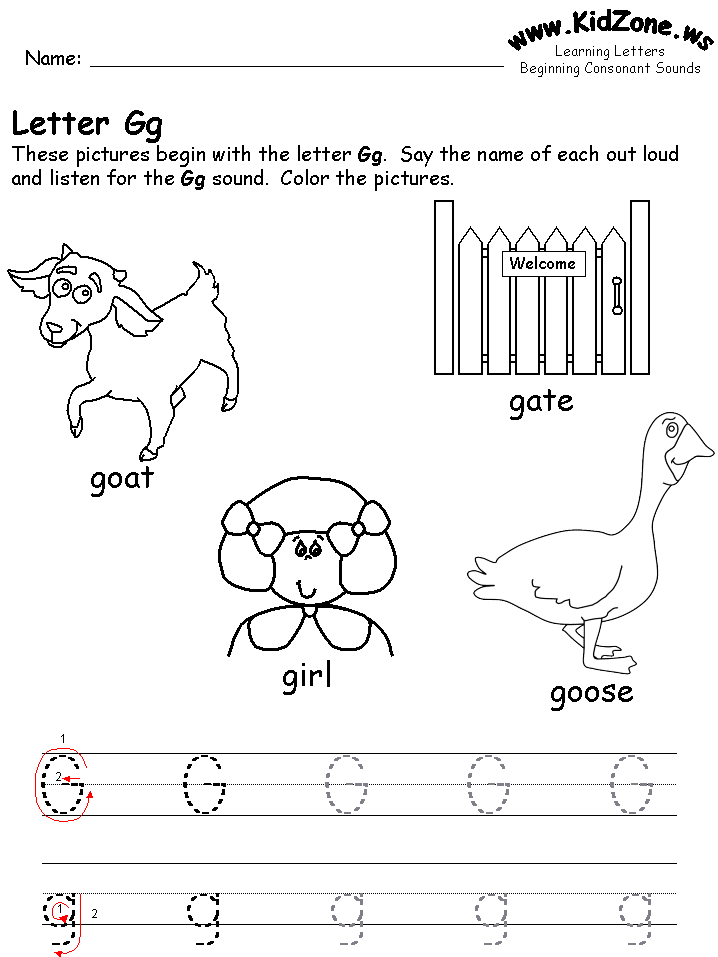 It consists in the fact that the next player comes up with his own word to the last sound of the word given by the previous player. A chain of words is formed: stork - plate - watermelon. Remembered?
It consists in the fact that the next player comes up with his own word to the last sound of the word given by the previous player. A chain of words is formed: stork - plate - watermelon. Remembered?
- Let's fix the broken phone game
It is best to play with three or more people. The exercise is a modification of the famous game "Broken Phone". The first participant quietly and not very clearly pronounces a certain word in his neighbor's ear. He repeats what he heard in the ear of the next participant. The game continues until everyone has passed the word "on the phone".
The last participant must say it out loud. Everyone is surprised, because, as a rule, the word is noticeably different from those transmitted by the rest of the participants. But the game doesn't end there. It is necessary to restore the first word, naming in turn all the differences that have “accumulated” as a result of a phone breakdown. An adult should carefully monitor that the differences, distortions are reproduced by the child correctly.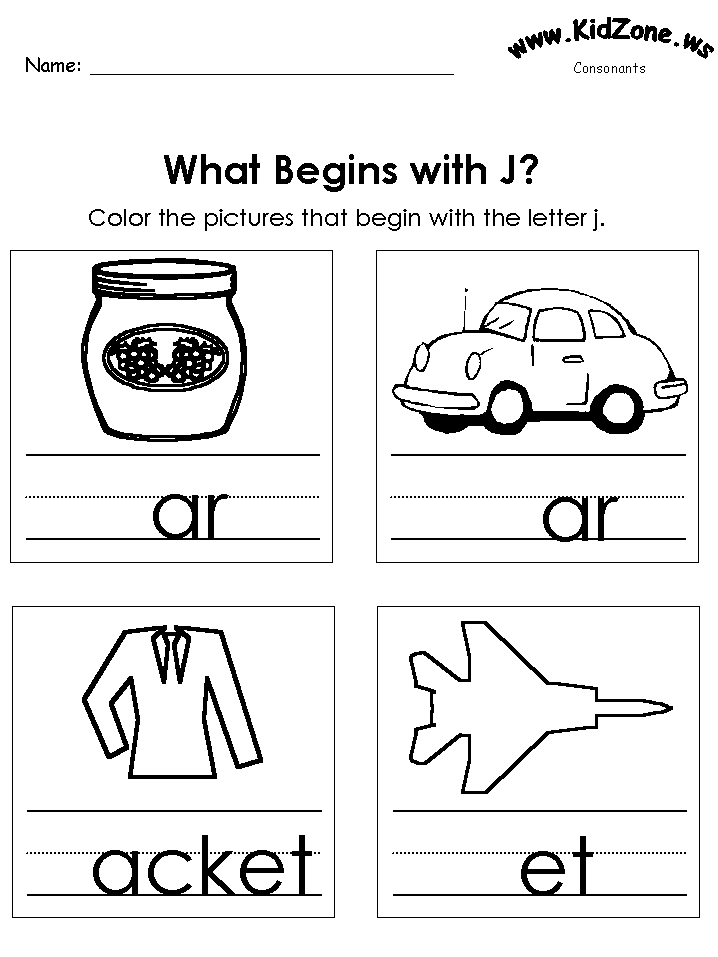
- Make no mistake game.
An adult shows a picture to a child and loudly and clearly calls the picture: “Carriage”. Then he explains: “I will name this picture either correctly or incorrectly, and you listen carefully. When I make a mistake, clap your hands." Then he says: "Wagon - vakon - fagon - wagon." Then the adult shows the next picture or a blank sheet of paper and calls: "Paper - pumaga - tumaga - pumaka - bumaka." The game is very popular with children and is fun.
It must be emphasized that one should start with words that are simple in sound composition, and gradually move on to complex ones.
- The game “Be careful” An adult lays out pictures in front of a child, the names of which sound very similar, for example: cancer, varnish, poppy, tank, juice, bough, house, lump, scrap, catfish, goat, scythe, puddle, ski. Then he calls 3-4 words, and the child selects the corresponding pictures and arranges them in the named order (in one line or in a column - according to your instructions).
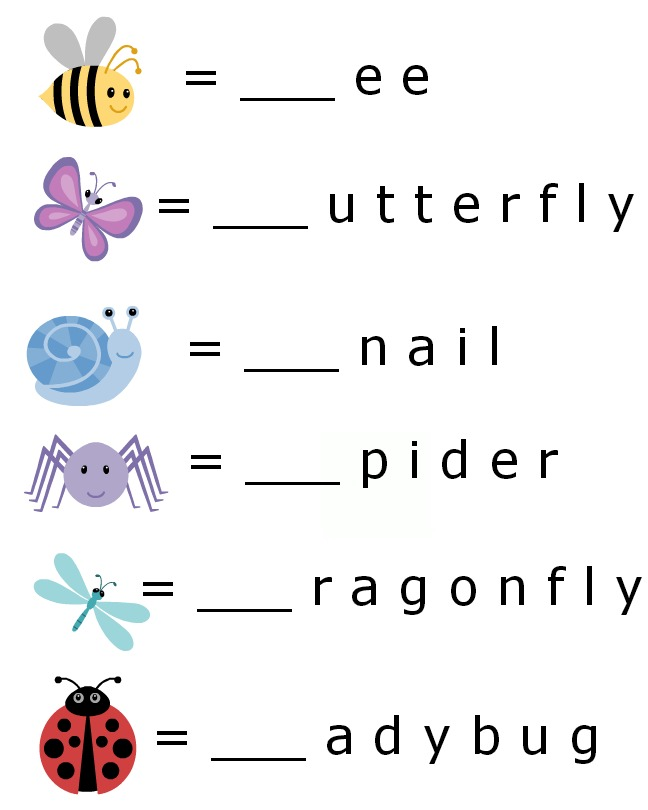
- Game “Pick up by sound ” An adult puts the following pictures in one line: lump, tank, bough, branch, ice rink, slide. Then, giving the child one picture at a time, he asks to put it under the one whose name sounds similar. As a result, you should get approximately the following rows of pictures: clod bak bough branch skating rink slide house crayfish onion cage scarf crust catfish poppy beetle heel leaf mink scrap lacquer beech lash skein mark
- SHOP game
Games to highlight the sound on the background of the word.
Task: Dunno went to the store for fruit, came to the store, but forgot the name of the fruit. Help Dunno buy fruits that have the sound [l'] in their names. Subject pictures are exhibited on the typesetting canvas: apples, oranges, pears, tangerines, plums, lemons, grapes. Children select pictures that have the sound [l '] in the name.
Show your child the products you bought at the store and have him list the ones that have [R] or another sound in their names.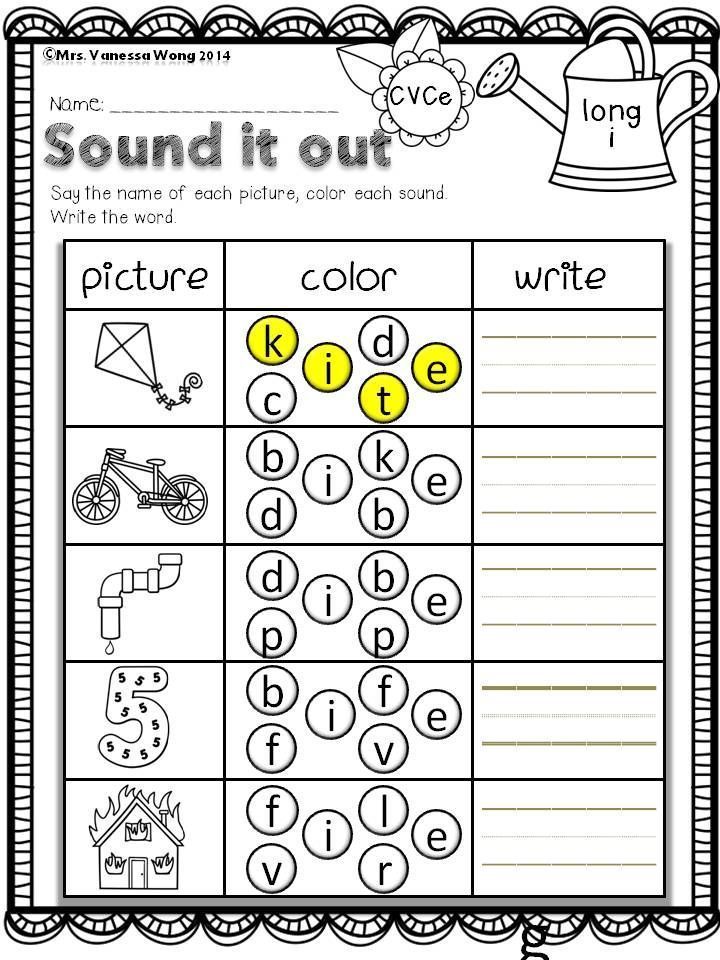
- Living ABC Game
Game for the development of sound discrimination
Cards of pairs of letters: 3-Zh, Ch-Ts, L-R, S-Ts, Ch-S, Sh-S, S-3, Sh-Z are laid out in front of the children on the table face up. Two cards with the image of letters are also used. On command, the children must choose objects (pictures) whose names include this letter and arrange them in piles. The one who picks up the most cards wins. The game continues until they are all taken apart.
Sounds and Letters / Montessori Class: Digital Materials
Material
A box of various small items with one of the sounds in their names. For example, [M]: then the box contains the Machine, Mark, lock, gnoM. This is accompanied by a small tray or box, divided into three parts.
Targets
Direct. Arrange the items from the box into three sections of the tray in accordance with the position of the sound in the word.
Indirect.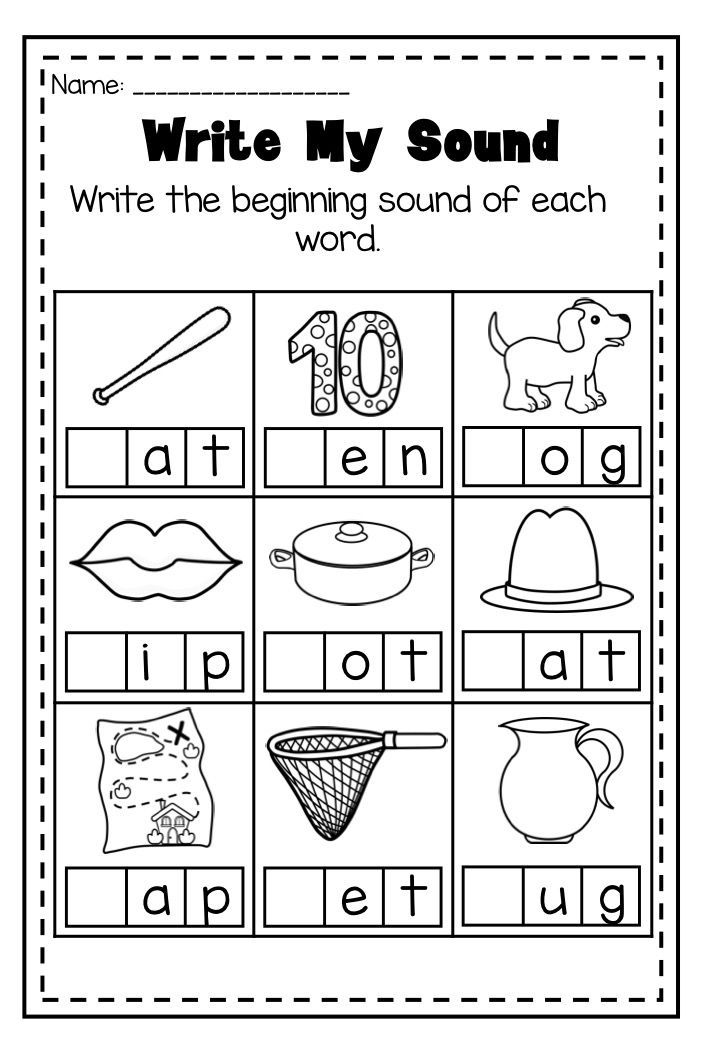 Sound exercises develop children's linguistic intuition well, which will later become the basis of competent oral and written speech. The child learns not to skip letters on the letter.
Sound exercises develop children's linguistic intuition well, which will later become the basis of competent oral and written speech. The child learns not to skip letters on the letter.
Presentation
An adult can show the child how to work with this material. All items are taken out of the box and named. Then the adult asks the child to name one sound that is heard in each spoken word. To do this, he clearly pronounces the names of objects, highlighting the desired sound with his voice. If the sound is heard at the beginning of the word, the object in whose name it is heard is placed in the first cell of the tray, if in the middle - in the second, and if at the end - in the third. After the presentation, all the items are put back into the box and the child continues to exercise on his own.
Exercises
- You can make several boxes with objects and have your child choose any of them for the game "Beginning-Middle-End".
- A child can play this game without even knowing the letters.
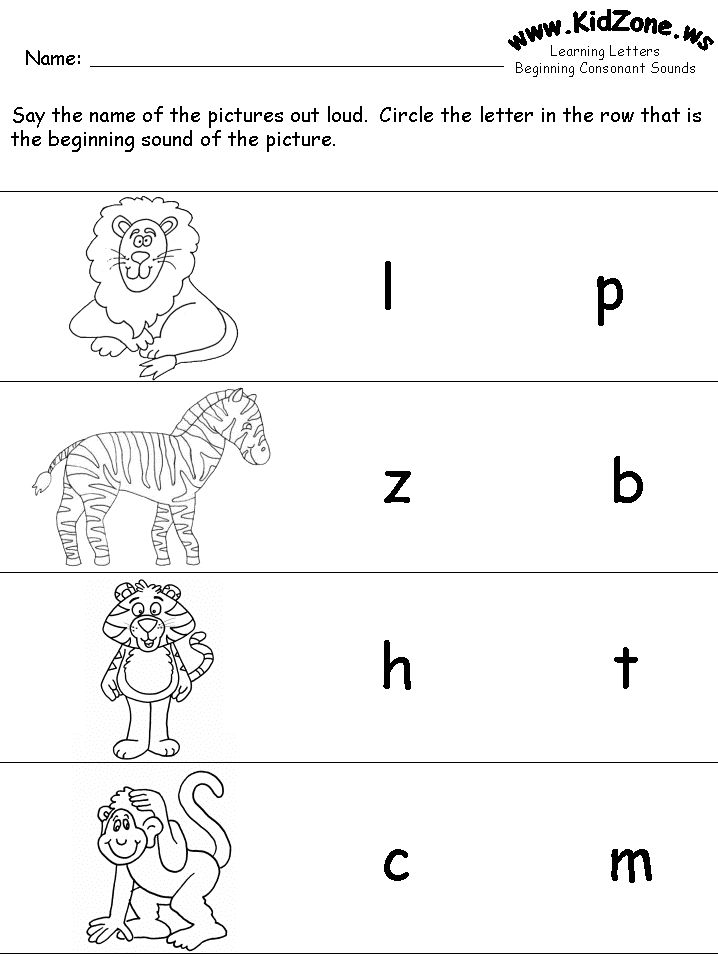 The moment of transition from sound to letter will occur later, when the child has a spontaneous need to designate, fix on paper a separate sound.
The moment of transition from sound to letter will occur later, when the child has a spontaneous need to designate, fix on paper a separate sound.
Children's digital game "Sounds and Letters"
Children's digital game "Sounds and Letters" is an addition to the three-dimensional Montessori material, which the child has already worked with in the Montessori kindergarten group. Parents can offer it to their son or daughter to exercise at home on their parent's phone or tablet.
The child opens the icon with the picture of the game on the tablet screen and enters the first level. Sounds like a task that he has to complete. "Move the picture in a circle if you hear the sound [C] at the beginning of the word." The child rearranges the pictures with his finger in the center of the circle, and if he makes a mistake, the game itself does not allow him to perform the action. Thus, gradually the child masters the positions of various sounds in the spoken word.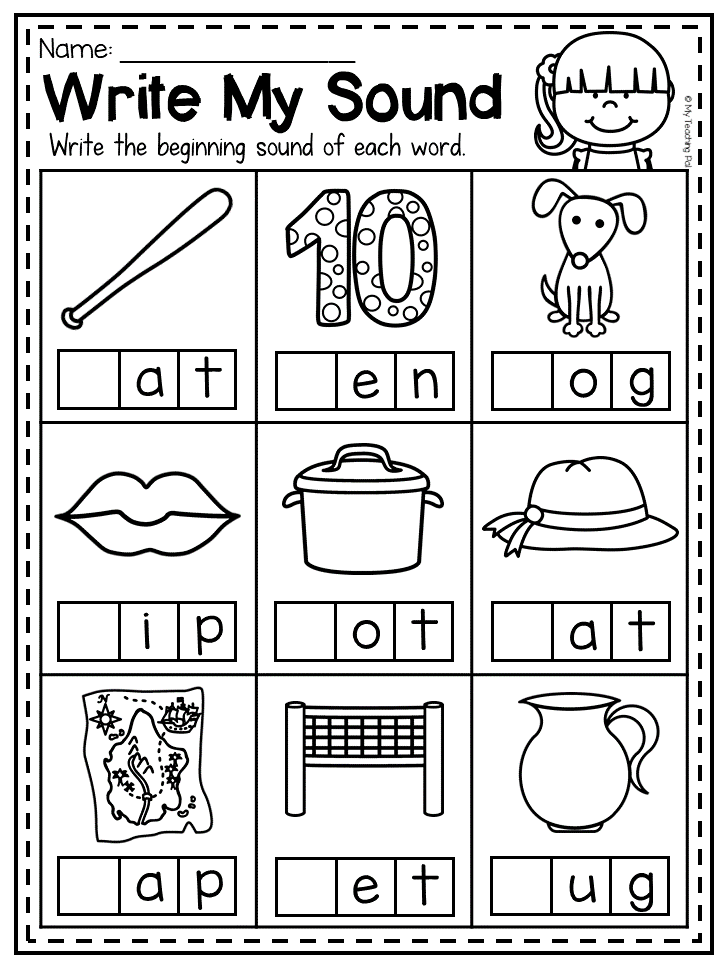 The first level of the game ends. Now the child can proceed to the next and all other levels of the game. Starting from the 4th level, the child learns to distinguish between vowels and consonants by arranging the corresponding letters with which the pictures are signed in the corresponding circles or squares.
The first level of the game ends. Now the child can proceed to the next and all other levels of the game. Starting from the 4th level, the child learns to distinguish between vowels and consonants by arranging the corresponding letters with which the pictures are signed in the corresponding circles or squares.
Of course, no digital game can replace the classic three-dimensional Montessori material, but, nevertheless, by moving pictures or letters of the movable alphabet with a finger, the child learns the accuracy of hand movement, develops an eye, and with the help of vision fixes important for him awakening mind linguistic concepts. In the future, the game will be useful to the child when mastering the phonetics of the language, writing and reading. All digital Montessori games are arranged in such a way that the movement of a finger across the tablet screen occurs from left to right and from top to bottom - that is, in the same way that a hand moves when mastering writing.